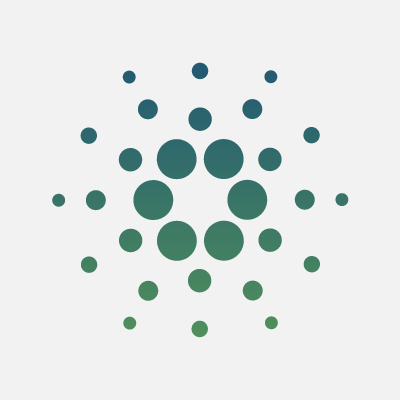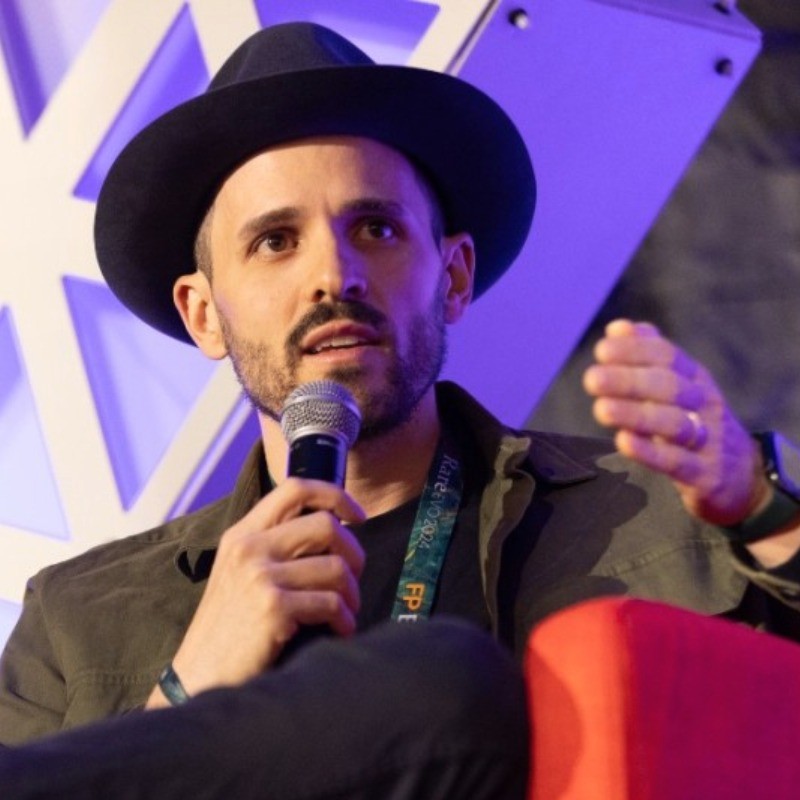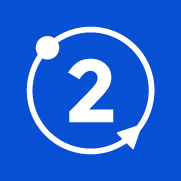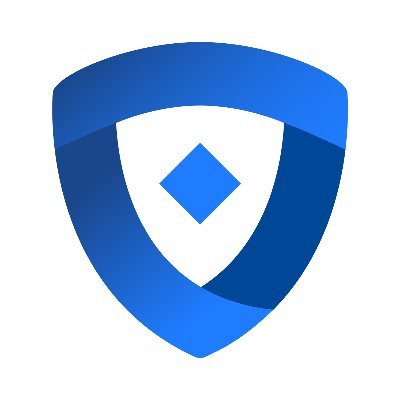Total MarketCap: $0 0
24H Vol: $0.00
BTC:
0 sat/vB
ETH: Gwei
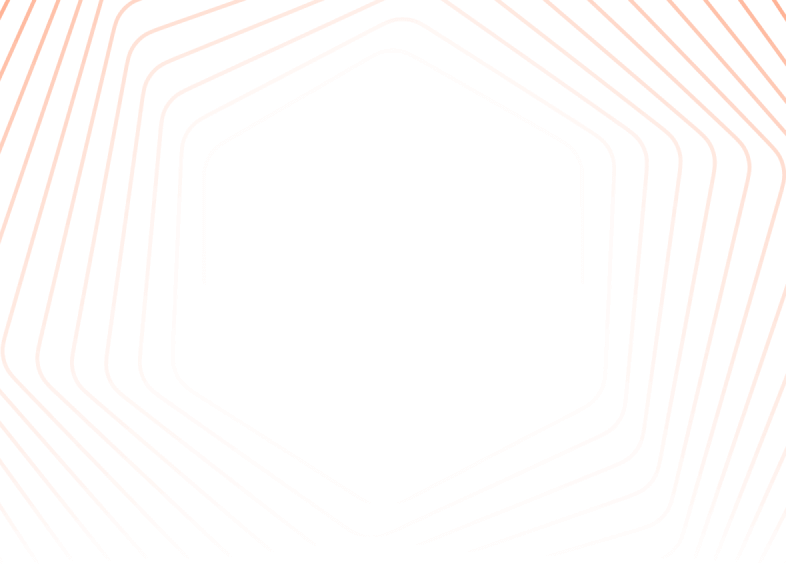
Enable crypto investment for the global masses
Scan QR Code to Explore more key information

Enable crypto investment for the global masses
Categories:
Layer1
Infra
Founded:
2015
Cardano is an open-source, decentralized, and public blockchain platform. Consensus is achieved using proof of stake. Development of the platform began in 2015, and it was launched in 2017 by Charles Hoskinson, a co-founder of Ethereum.
Cardano Team
Cardano Investment Portfolio
Rounds in the Past Year
0
Historical Rounds
2
Lead Investments
0
Portfolio Numbers
2
Scan QR Code to Explore more key information
Cardano
ADA
Categories:
Layer1
Infra
Founded:
2015
Cardano is an open-source, decentralized, and public blockchain platform. Consensus is achieved using proof of stake. Development of the platform began in 2015, and it was launched in 2017 by Charles Hoskinson, a co-founder of Ethereum.
Cardano Team
Cardano Investment Portfolio
Rounds in the Past Year
0
Historical Rounds
2
Lead Investments
0
Portfolio Numbers
2
| Project | Funding Status | Region | Categories | Ecosystem | Founded | Token Issuance |
|---|---|---|---|---|---|---|
Spain | CEX CeFi | Jan 01, 2014 | With Token | |||
Series A | United States | CeFi | Jan 01, 2020 | No Token |
Powered by
Cardano
ADA
$0
-2.43%



